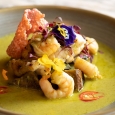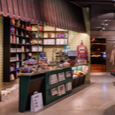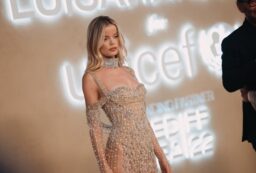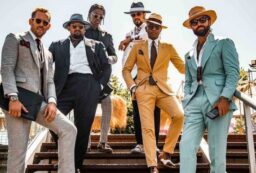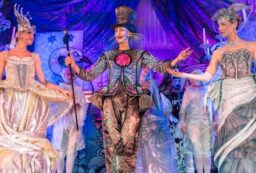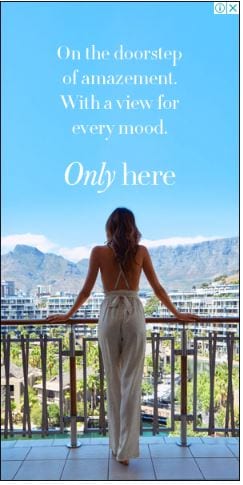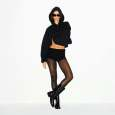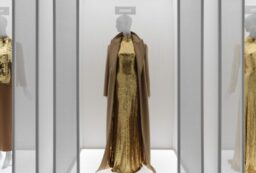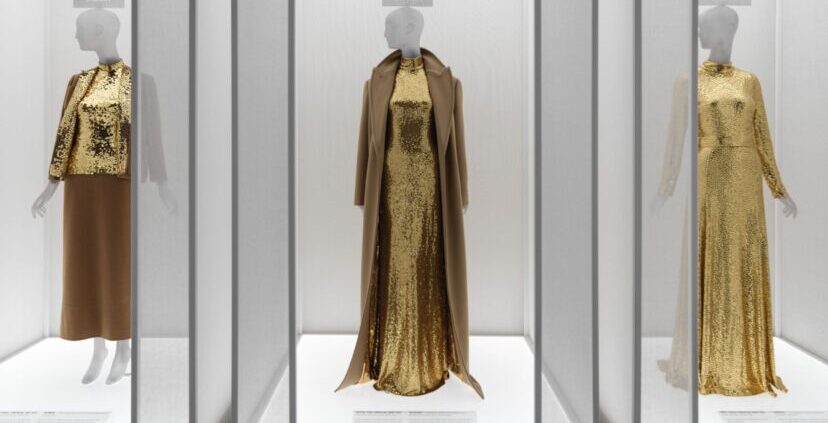
As a child, dressing up in ornate costumes or bejeweled ballgowns was a form of escapism. Imaginations ran free and wild because fashion was, and still is an extension of our true selves. Fashion also symbolizes unity. It takes many different elements to create a final masterpiece. Masterpieces such as this, for example, can be discovered in New York City at one of the most famous museums in the world, The MET.
In America: A Lexicon of Fashion is on display in the Metropolitan Museum of Art from September 2021 to the Fall of 2022. Standing tall and proud in the Anna Wintour Costume Center, this exhibit is two parts. The second gallery scheduled to open in May of 2022. The current gallery houses around 100 men and women’s ensembles, with pieces ranging from the 1940s to the present.

The exhibition draws inspiration from Jesse Jackson’s innovation of the patchwork quilt. These quilts represented a metaphor for the United States and cultural identities. Various patches intertwine to blend into one larger, beautiful creation. At first, these patches could not appear to be more opposite— different textures, different colors, different patterns. But, the unity creates a bigger picture, the quilt.
Above all, one of the gallery’s main goals is to display how American fashion is more than just practical or functional. In America: A Lexicon of Fashion works to counter this stereotype with an array of ensembles that formulate a storytelling experience. There are twelve sections in total (Nostalgia, Belonging, Delight, Joy, Wonder, Affinity, Confidence, Strength, Desire, Assurance, Comfort, and Consciousness). Each represent an emotional quality.

Meanwhile, mounted on the wall towards the beginning of the exhibit is a quilt created by Adeline Harris Sears. Her project began in 1856 and perfectly encompasses the purpose of the gallery. Sewn on the quilt are small, white diamond shaped pieces of fabric. Sears sent these pieces all around the nation to famous and inspirational Americans of her time. The piece now boasts 360 autographs from various figures such as eight presidents, including Abraham Lincoln. The tumbling block pattern within the quilt was the inspiration for the exhibit’s display and format. Essentially, the exhibit is a three-dimensional representation of Harris’ quilt.
"These quilts represented a metaphor for the United States and cultural identities. "
Upon entry to the exhibit, the towering displays of mannequins draped in their selected ensemble reach the ceiling. Above each mannequin is a word bubble head piece. These headpieces state one adjective to describe the feeling that specific piece evokes. From “sweetness” to “certainty”, these single words bring the pieces to life through language and emotion.

As visitors descend upon a gray lit staircase leading to the rest of the exhibit, they will notice sweaters donning the American flag mounted on the wall. Towards the end of this hallway sits a display taller than all the rest. Stretching tall like the Statue of Liberty, this display is a standout ensemble which currently is host to the “Unity” dress. The gown’s silver stars and reflective patches pop out against the smooth navy fabric.
While guests make their way through the exhibition, they will witness the evolution of American couture from the past 80 years. One of the older pieces is a World War II nurse uniform. The American Red Cross appointed couturiere Elizabeth Hawes to create a more modern uniform. The sturdy blue-gray fabric aligned with metal buttons emphasizes neatness and service. This piece is just one example of the collaboration between established fashion designers and the military.

"Stretching tall like the Statue of Liberty, this display is a standout ensemble which currently is host to the “Unity” dress."
One notable aspect of the displays is that there is no barrier between the ensemble and the visitor. This lack of separation helps bring the pieces to life. The fabrics seem to stretch off the display. The colors pop off the mannequin and flow into the surrounding space.
On the more recent end, designers such as Marc Jacobs and Vera Wang are exhibited. From baby doll dresses to extravagant wedding gowns, these pieces aim to tell a story. One piece in particular deemed “Precociousness” is a detailed dress composed of synthetic organza, embroidered with polychrome cotton thread and iridescent paillettes. Designer Anna Sui gains inspiration from music and youth to craft her looks. This dress emphasizes an exaggerated innocence and feminine touch to relay a message of gender stereotypes.

In America: A Lexicon of Fashion exhibits classic Americana ensembles, along with modern, state-of-the-art pieces. Not everyone might appreciate fashion, yet this gallery is displayed to emphasize cultural identities within the United States. Each individual exhibit is like a patch in a quilt. Standing alone they still look beautiful and have a story. But when they are viewed together, it represents a mural of color and time.
